Lamia Santolina (Apulia, Italy) is a space of research, a residency center for art and earth that questions through artistic practice the ecosystemic relationships of the environment.
The garden has more than 400 varieties of endemic and Mediterranean drought-resistant plants. Built in lime and hemp, the studio is reached by a natural path. The oblique and soft angles, the white lime, suggest the place of thought.
In 2015, Damien Modolo and Cosimo Terlizzi, founders of Lamia Santolina, chose to leave the city to live in a Lamia (ancient rural building) surrounded by olive trees in the province of Brindisi (Apulia, Italy). Active in the field of performing arts and contemporary art, the choice to move to the countryside came driven by an urgent need: to find a contact and a balance with nature. In a place like Apulia where the monoculture of olive trees reigns supreme, the goal was to immediately insert among them plants picked up from the street or bought from nurseries specializing in Mediterranean varieties resistant to drought in order to try to recreate and restore an ecological diversity by focusing on strengthening the overall ecosystem.
The Studio opened in August 2020. In addition to being the work space of its founders, it hosts multidisciplinary artistic residencies for young artists, cultural events (concerts, screenings, exhibitions, performances) and regular visits to the botanical garden.
The work of the garden always accompanies – and feeds – the artistic research. The hoe is as valuable and central as a camera or a keyboard. Landscape blends with art. The bushes, rich in various plant species, become natural sculptures. The landscape is an evermoving artwork in constant transformation at the service of every creature.
Lamia : typical rural building of the Apulian area
Santolina : mediterranean plant
Please highlight how the project can be exemplary in this context
Lamia Santolina has been committed since its creation to spreading an ecosystemic approach to the natural environment through garden visits and cultural activities. Its construction in green building (lime and hemp) is also a defining characteristic. The materials and craftsmen chosen for its construction were carefully selected with YAS architects (Brindisi). The ceiling is made of canes, an ancient tradition that uses local canes to support the ceiling. A natural element that soundproofs and creates both visual and acoustic well-being.
Since 2013, Apulia has been facing a deep environmental crisis with the appearance of Xylella, a bacterium responsible for the drying of olive trees - the region's symbolic tree. In Salento (southern Apulia), almost all olive trees are dead and the bacterium continues to advance, putting the economy of an entire community and a complete ecosystem at risk. Behind the disaster, however, lies an industry linked to olive growing that has favored in recent decades a monocultural approach equally devastating causing the loss of endemic plants and consequently of fauna. The soil also shows a increasing poverty of organic matter due to the massive use of pesticides and herbicides.
In this scenario, Lamia Santolina has immediately worked to recover, multiply endemic and Mediterranean plants resistant to arid climate. Today, we count more than 400 different varieties. Insects, birds and small mammals have returned, attracted by the ecosystem created. In synergy with the environment, many autochthonous and endemic plants host insects and animals (increasingly rare) that help the health of the vegetation itself - including that of the olive trees - by fighting some pathogens and harmful insects. An inventory of plants discovered along the way, spared from herbicides, and insects that have arrived since we have enriched biodiversity, has also been made.
Please highlight how the project can be exemplary in this context
Lamia Santolina's studio was created following the principles of a contemporary architecture but looking to the past in the choice of its materials and its trapezoidal shape typical of rural buildings in the area. The result is a harmony with the landscape, a respect for tradition without sacrificing innovation.
Through the organized events and the visits to the botanical garden, visitors experience a full immersion between nature and art. The fact of being immersed in the countryside in a marginal region is not a limit to the artistic experimentation. On the contrary. Often those who deal with art have little contact with nature, they conceptualize but can be distant from reality. And vice versa, those who deal with nature are unfamiliar with artistic research. Lamia Santolina moves between these two worlds - art/nature, contemporary/tradition - and aims to create bridges capable of opening new dialogues, new forms of coexistence, contamination and solutions. The artists who carry out a residency are asked to commit a part of the day in the countryside in order to let other stimuli flow inside their research, influencing their personal sensitivity.
Through a small store, visitors can also buy some of Lamia Santolina's products, made on site with ingredients from the garden: handmade soaps with olive oil, herbal teas, salt with herbs, dried almond figs, fresh eggs... This allows the flavors and values of Lamia Santolina to travel and enter the homes of people around the world (Apulia being the destination of many international visitors).
Please highlight how the project can be exemplary in this context
The studio immediately set itself the goal of being permeable by opening its doors to young artists, to carry out a period of residency and research in close collaboration with its founders.
Immediately after its opening, Lamia Santolina hosted a young student in fashion from the IUAV University of Venice for an internship (Giulia Coluccello). The careful study of plants, insects, colors, scents, inspired her research aimed at the realization of a costume made entirely from plant materials and a short documentary where she narrates her contact with plants and their use in cooking and folk medicine. At the end of her residency, a public opening was organized with a performance.
Later, a young artist from Apulia (Francesco Paolo Gassi), studying at the Academy of Fine Arts in Bari, realized during his residency at Lamia Santolina a photographic investigation on the garden in close collaboration with Cosimo Terlizzi called "second nature". From this initiative was born a fanzine and an exhibition with a selection of works.
Finally, a composer of Sardinian origin (Michele Deiana), graduated at the Conservatory of Venice, has composed during his residency a piece called "Oasis" collecting sounds in situ inspired by the drama of the death of olive trees in Salento. A concert with a saxophone quartet was organized presenting the work for the first time with other of his compositions.
All events and visits to the garden are free admission with an individual offer that varies according to the possibility of each. A buffet is always organized where those who are familiar with Lamia Santolina’s project bring something they cooked. This informality creates a moment of sharing where visitors also feel an active part of the event and not just as simple viewer.
Please highlight how this approach can be exemplary
Lamia Santolina's inventive approach is to create a protected and familiar dimension where visitors/users can feel part of an all-encompassing collective event. The goal is to build a community sensitive to environmental and cultural issues. The project is aimed at people from all social classes, of different ages and backgrounds whose interests range from contemporary art to the defence and protection of the environment. Here we live rurality as a new center of experimentation and research by expanding the boundaries and confronting with the current social and environmental urgencies.
Through art, environmental protection and the active participation of artists, new forms of coexistence with nature are experimented. Attention is given to expanding biodiversity by positioning ourselves within it and not as mere observers. Take action and not just conceptualize. Plant, protect, care, multiply, spread. And spread knowledge by organizing visits and inventing new forms of sharing.
A concrete interest has been created in a short time by creating regular appointments dedicated to in-depth thematic studies such as the Mediterranean maquis, protected plants, sustainability and plant care, and by opening the studio to hosting young artists. The usual barriers that separate the disciplines of art and ecology are being reconsidered. Everything turns out to be interconnected, in synergy and interdependent in a natural, organic, obvious form.
New homeowners with land are turning to Lamia Santolina to learn about our approach to the land. Journalists, researchers, anthropologists and curators talk about it as a reality and an example to follow. Several newspapers, such as the television program "Geo" of Rai 3 (national broadcaster), told about our research on plants and their fauna, their impact, with a view to the inclusion of biodiversity. A French tourist guide, "a week abroad", has also dedicated a chapter to the practice of Lamia Santolina, atelier and garden as a place to visit in Apulia.
On the residency side, one of the hosted artists, Francesco Paolo Gassi, has been selected for the exhibition "New Talents 2021" in Berlin, organized by Kommunale Galerie Berlin, with a work created during his residency.
Immersed in a rural setting and surrounded by more than 400 varieties of plants, the reconnection with nature comes from itself. The structure being composed of plant fibers (hemp), the scent of the air you breathe inside remind the hay barrels. Nature thus impregnates this place of thought, where one is constantly confronted with the outside world.
Finally, the meticulous observation of flora and fauna is documented through a study and cataloguing of species encountered in order to create a dynamic archive of the ecosystem in constant evolution.
Please also explain the benefits that derived from their involvement.
The doors of the botanical garden open once a month. The events mixes different generations, different backgrounds through a transversal dialogue and an active confrontation. They share experiences, knowledge, sensitivity moved by the same need to take care of an ecosystem and biodiversity. Through the participation of some members of the local community, it was possible to raise awareness in the neighbourhood about destructive practices such as pesticides and herbicides. Some of them no longer use them, thus increasing the presence of bees, butterflies and birds.
At each opening and meeting, Adipa Puglia, a seed exchange network between amateurs, is present. A stall is set up where you can exchange information, seeds and share your passion for plants.
The young artists hosted in residence are a driving force of the general project. They are an active part of it and they stimulate a dynamic exchange between generations allowing to be better in listening to the beat of the world.
The “Collettivo epidemia”, a group of anthropologists and researchers, have also been present several times to present their work and talk about how the drying up of olive trees is changing the society of Apulia.
The monoculture of olive trees typical of the Apulia region is a cause of great concern for the advance of the Xylella bacterium and the impoverishment of biodiversity. With the introduction and multiplication of new plant species typical of the Mediterranean area, the aim is to set a contrasting and successful example. Although it evolves on a very small scale, Lamia Santolina is proving that an oasis can be an effective, necessary and vital shelter for the local fauna. The garden is populated within a few years with new species of butterflies, hedgehogs, toads, and insects of various kinds that were not present before. Some passages have been created inside the fences to allow small wild animals to pass through. Watering places are available during the long dry months for the benefit of insects, butterflies, birds. Dense scrub bushes create a perfect hiding place for nesting.
On the roof of the studio there is a photovoltaic system for the production of electricity. Much attention has also been paid to the recovery of rainwater, which is collected from the roof into an underground cistern and then used to irrigate the fields. During the excavations the recovered earth was used to give a new layer of soil to the existing olive trees and the underground rock was used to reinforce the perimeter dry-stone walls that release to the earth the humidity accumulated during the night, all in the perspective of cyclicity.
The proximity of plants and essences allows the consumption of own products and reinforces the productive autonomy that consists for now of olive oil, almonds, figs, vegetables from the garden, aromatic and medicinal herbs. The hectare and a half of land will allow us in the future to implement the agricultural production with wheat and legumes involving also the schools to sensitize the new generations to the ecological and ecosystemic management of the territory.
One of the most innovative aspects is to create - in a rural context where contemporary culture is mostly absent or underdeveloped - a center of artistic research of high quality in close contact with the work of the garden and where the hospitality and the care of relationships are at the core of the project. An artistic residency at Lamia Santolina takes place in close contact with its founders, sharing the same house, cooking together, spending the days together, thus creating deep relationships in a family environment. The day is divided between the work of the earth (picking herbs, taking care of the garden, pruning ...) and the work of the mind, looking for a concrete contact between art and nature.
The green building structure of the studio is also an innovative factor. Many architects come to visit the studio to take inspiration and learn about this construction technique, which is still little used and yet so exemplary in a context of sustainability. To go deeper on this, we have the desire to organize in the future a think tank/summer school with researchers, designers, architects to open horizons and think about eco-sustainable models in building and design.
Together with other important cultural realities of the territory, Lamia Santolina has been selected to be part of the network "Salgemma", an association that maps and promotes the realities that deal with contemporary in Apulia.
Please provide clear documentation, communication of methodology and principles in this context.
In addition to organizing visits, hosting meetings and conferences, Lamia Santolina is often invited to tell its story, share its practice and values in different realities or cultural events in Apulia. The approach can be of different types.
- Through meetings and visits:
XFARM is a farm born on lands that were confiscated from organized crime in San Vito dei Normanni (Apulia, Italy), which promotes social and ecological agriculture. In July 2021, it asked Lamia Santolina to present the project during a summer camp.
(link)
As part of a workshop organized by the Fine Arts Academies of Florence, Milan and Bari, some students came to visit Lamia Santolina's studio and garden.
(link)
A visit was also organized by the cultural center Manifatture Knos in Lecce within a project inspired by the principles of Gilles Clément.
(link)
- Through publications :
Archdaily (link)
Apulia Art Contemporary (link)
La Terra Trema (link)
Collettivo epidemia (link)
- And of course, through the events and garden tours organized by Lamia Santolina.
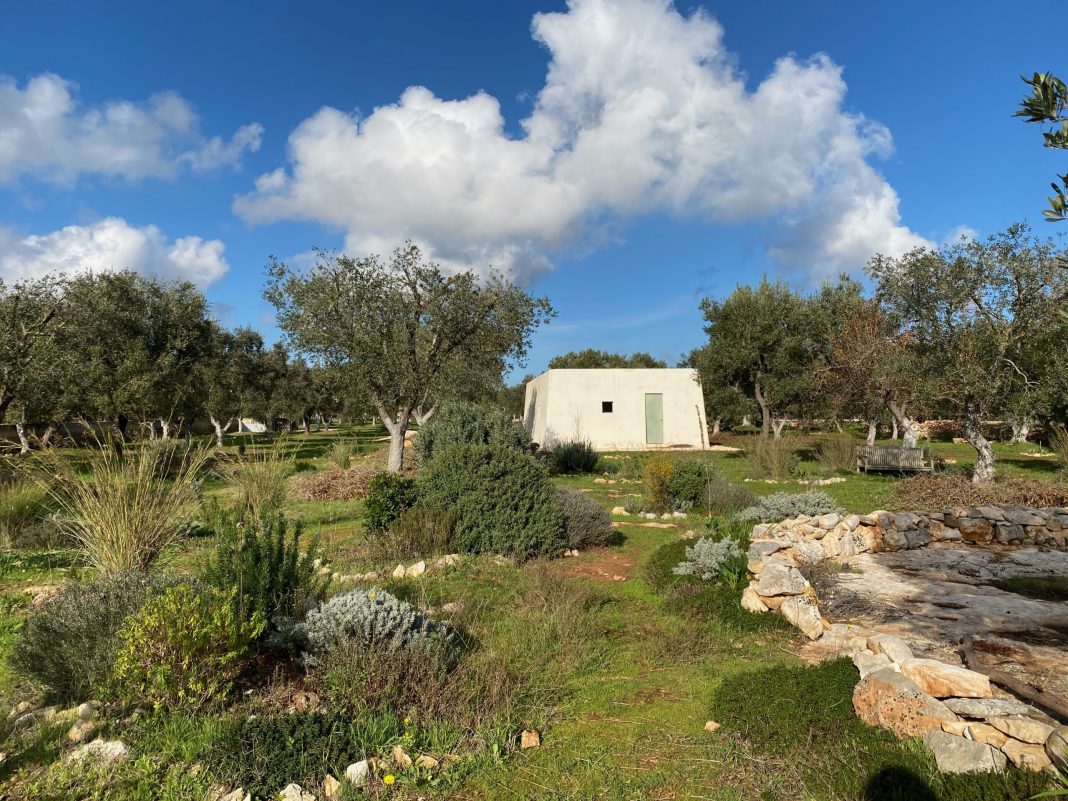
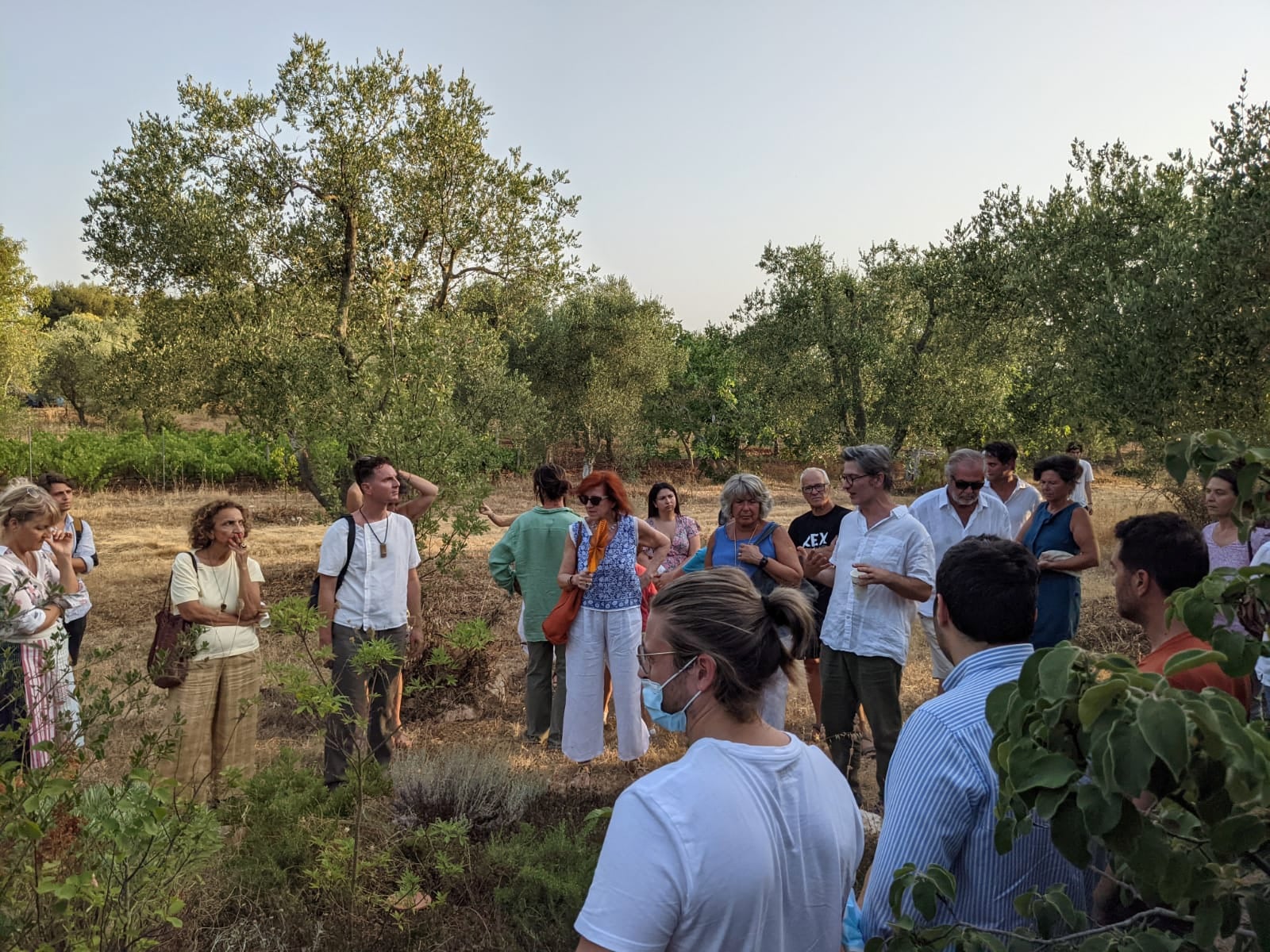
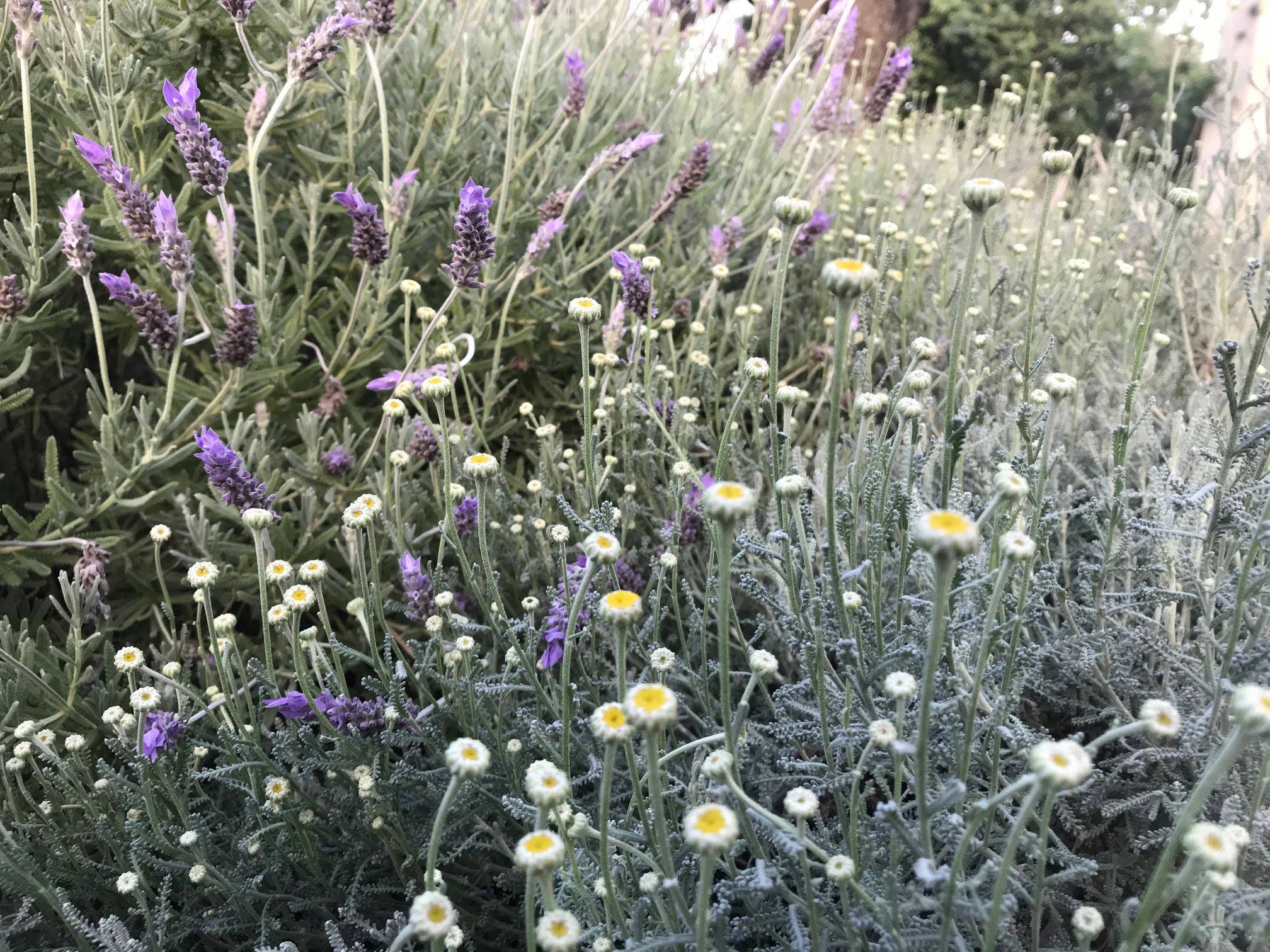
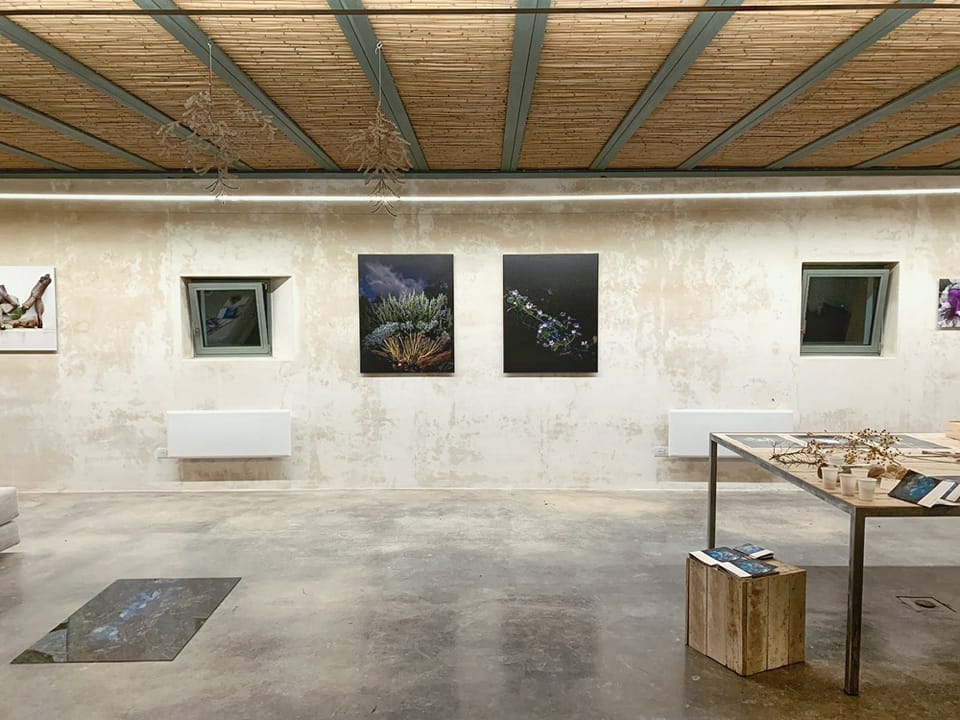
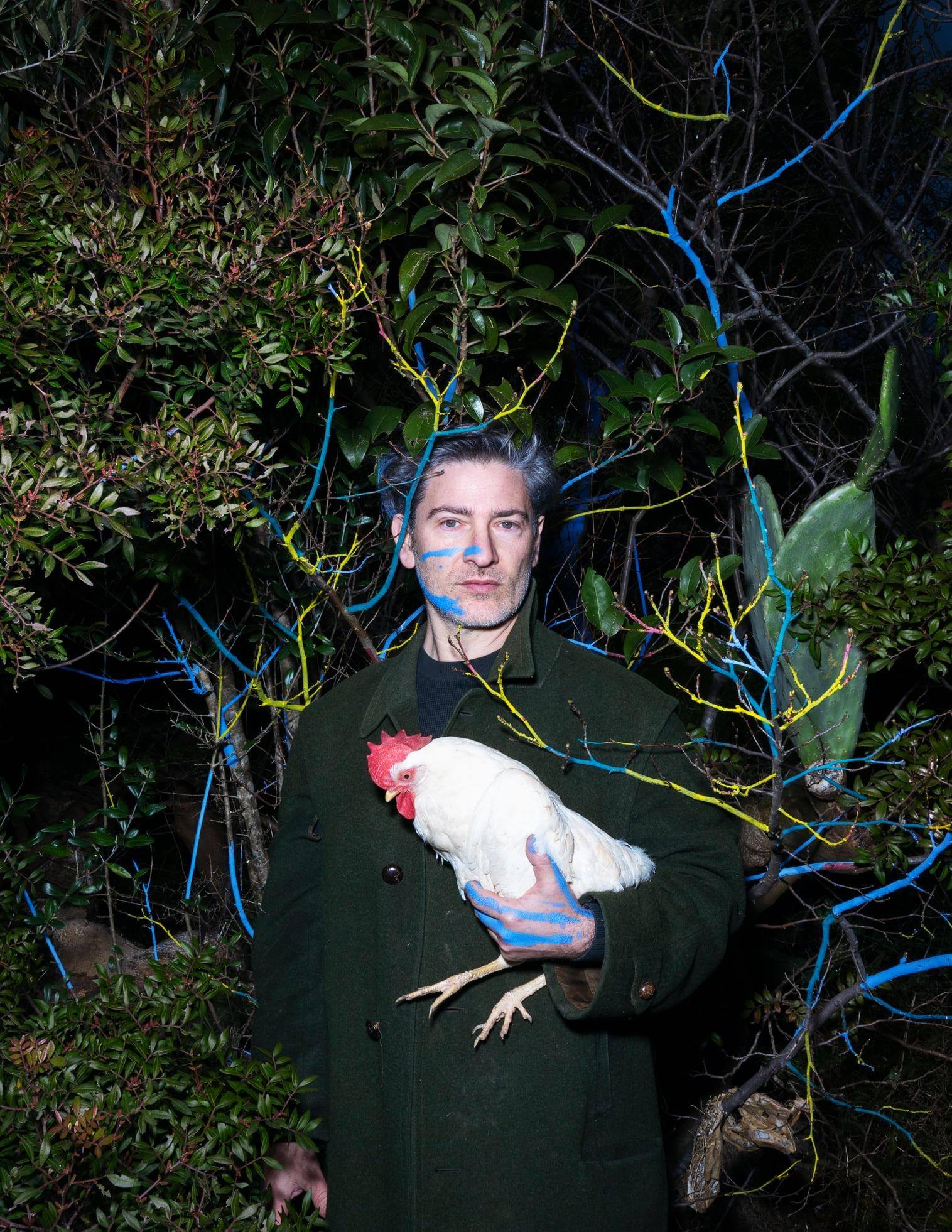
@Lamia Santolina, 2020
Content licensed to the European Union.